When selecting a new variable speed drive (VSD), there are a number of decisions to be made based on expected use, performance, and operating life. One such decision involves the choice of a stand-alone VSD module versus a packaged drive. What’s the difference? Well, a drive module is generally considered a self-contained converter-inverter combination (in AC applications) or a self-contained converter (in DC applications), containing internally the appropriate controls and programming to derive an adjustable output from the incoming supply. A packaged drive places this stand-alone module within a suitable enclosure and adds line-side disconnecting means and overcurrent protection, enclosure door-mounted control devices, output power and control terminations, and properly sized means for maintaining specified operating temperature within the enclosure. There are other options which can be added as well. An example of a drive module is shown in Fig. 1, and a packaged drive example is shown in Fig. 2.
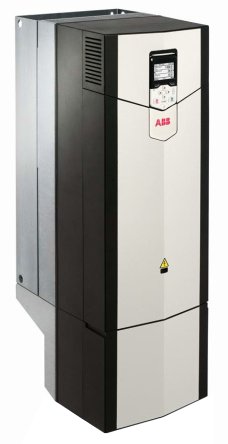
Fig. 1 – Drive Module (ACS880 series) Courtesy of ABB Inc.
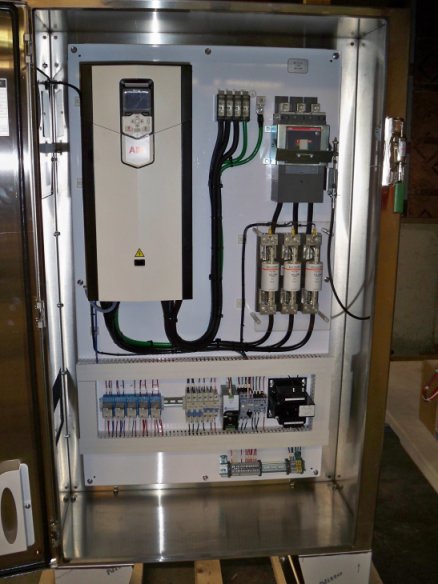
Fig. 2 – Packaged AC Drive, 125hp
So, which to choose? The most functional, cost effective choice will be driven by a number of factors. Answers to the following questions will greatly aid in the decision.
1. Are you replacing an existing drive and, if so, how was it configured?
If you are replacing a drive module with one of the same rating, the choice is often a simple one. The upstream switching and protective devices, and downstream load and control connections, are usually already there. If the existing drive was already in a cabinet, that cabinet can often be reused. In this case, a replacement module is often all that is needed. On the other hand, sometimes drive replacement is required because the application requires a larger motor; for example, when pump size is increased to supply a larger flow requirement. In this case, a higher rated VSD is typically needed. You’ll need to look carefully at the dimensions of the larger drive to see if it can fit in the available space, keeping in mind that all drives have specified minimum clearances for cooling air flow (e.g., see Fig. 3). You’ll also need to determine if you need to replace the upstream disconnecting means and protective devices for the larger rating. If major changes are needed, then the choice of module vs. packaged drive will hinge on other factors.
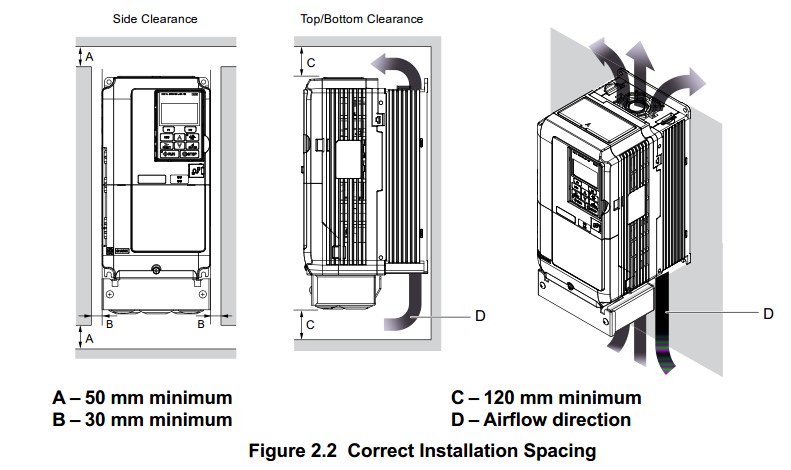
Fig. 3 – A1000 series spacing Courtesy of Yaskawa Electric
2. How much space is available for VSD installation?
In addition to space constraints in existing installations (discussed above), the space available for a new VSD and all its associated upstream and downstream peripheral components can also “drive” the choice of a drive (couldn’t resist the pun; my apologies… ). When looking at available space, remember to consider the following:
- Manufacturer-specified clearance for cooling (e.g. See Fig. 3 above).
- Location of, and enclosures for, disconnecting means and overcurrent protective devices. Locating these close to the drive may be advantageous from a maintenance and/or safety standpoint, but may not be physically possible.
- Space required for any external line- and load-side components (reactors, chokes, surge protective devices, dV/dt filters, etc.). Often, less space is required for the overall installation if these are included in a packaged drive enclosure.
- Working clearances required by Code. Governing electrical codes specify safe working clearances around electrical cabinets, as well as dedicated space above (and, where applicable, below) cabinets for electrical installation.
3. What are ambient conditions in/around the installation site?
VSD modules are typically available with an enclosure protection rating of “open” (also referred to as “chassis” – equivalent to IP00-IP20) or NEMA 1 (approx. equivalent to IP21). Some modules are also available with NEMA 12 (~IP54) and NEMA 4/4X (~IP66), although 4/4X units sometimes include a disconnecting means integral to the enclosure. Two examples are shown in Fig. 4.
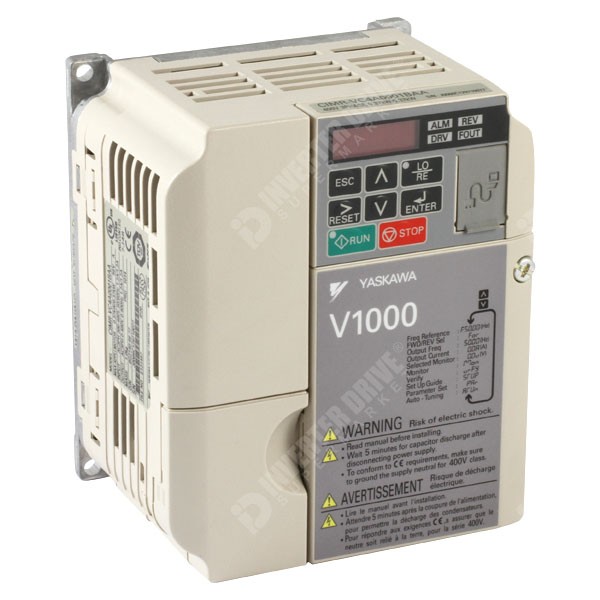
Fig. 4 – V1000 series in IP20 (l) and NEMA 4/4X (r) enclosures Courtesy of Yaskawa Electric
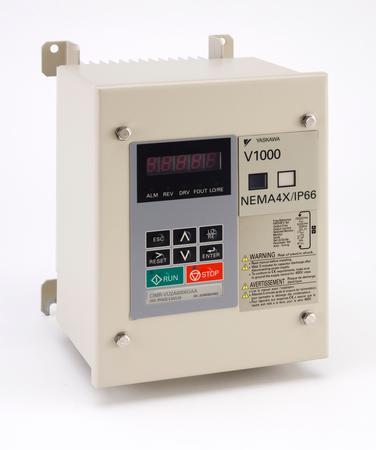
Fig. 4 – V1000 series in IP20 (l) and NEMA 4/4X (r) enclosures Courtesy of Yaskawa Electric
The correct type needs to be installed based on ambient conditions, in part per the following:
- Temperature: Temperature control is needed to make sure the VSD is operated within specification at all times, whether the VSD is in a cabinet or not. Consider the fact that VSD’s generate a significant amount of heat – roughly 3% of their rated power output – as a normal part of their operation. Most of the heat generated is released to the atmosphere through a heat sink typically mounted to the back of the VSD. Packaged drives are built with enclosure cooling methods that provide temperature control not only for the VSD, but for any other temperature-sensitive components included in the enclosure.
- Humidity: VSDs have specified limits for relative humidity under both operating and storage conditions – typically 5 – 95% rh non-condensing. If ambient humidity remains within specification whenever the VSD is operating, then a stand-alone module is fine (assuming all other factors are considered). In many facilities, however, and in outdoor locations, this is not the case, and moisture control must be provided by other means. While many VSD circuit boards are conformal-coated to inhibit moisture damage to sensitive electronics, this is limited protection and cannot hold up to prolonged or heavy moisture exposure. To address this, packaged drives for moisture-prone locations often contain fans and/or heating elements to reduce the chance of condensation forming in the enclosure. In more extreme cases, air conditioning units are used to remove humidity while controlling internal temperature.
- Air contaminants: Contaminants such as dust, oil, and corrosives all present challenges to components exposed to them. First and foremost, the correct NEMA/IP enclosure protection rating must be specified. Where the drive is not installed in a cabinet, this simply means ensuring that a VSD with the correct enclosure protection rating is chosen. Properly designed packaged drives already take this into account, using enclosures suitably rated for the environment. A consequence of this is the ability to use a less costly open chassis VSD inside the enclosure. Moreover, the enclosure’s air handling system can provide additional filtering to ensure the VSD is not exposed to particulates often found in ambient air.
4. Was the VSD connected to any existing peripheral equipment, and if so, will these peripherals be reused?
Since we are concerned here with determining whether to opt for a stand-alone or packaged drive, the peripherals at issue are those which could normally be installed in a packaged drive enclosure, such as line or load reactors, EMI/RFI filters, surge suppression modules, field supplies, contactors, etc. If these components currently exist and can be reused with the replacement VSD, then that can make a stand-alone VSD more economical. However, if the components must be replaced, it is sometimes more cost-effective to choose a packaged VSD with these components included. A good example of an integrated, pre-wired DC VSD solution – which includes the drive module (converter), control transformer, main contactor or DC output contactor, and all input/output/field fuses – is the Siemens Sinamics DCM “base” drive. This is a space-efficient replacement for an older DC drive with separate components and is shown in Fig. 5. (Note that this is an IP00 (open) design and this still requires it be installed in a suitably rated enclosure, but it illustrates the space advantages which can be seen with “packaged” solutions.)
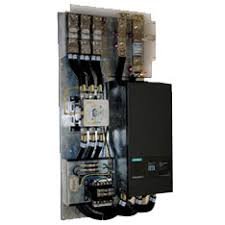
Fig. 5 – Sinamics DCM DC “Base” Drive Courtesy of Siemens Industry, Inc.
Our next issue will examine other factors affecting the choice of VSD configuration, including Code compliance and labeling, safety, proper coordination of components, and installed costs. Be sure to check it out. Meantime, please let us know if you have any thoughts or questions by dropping us a comment. And should you need help or information, please contact us at info@joliettech.com or call us toll free at 866-492-9888.
Thanks for reading!


Leave A Comment
You must be logged in to post a comment.